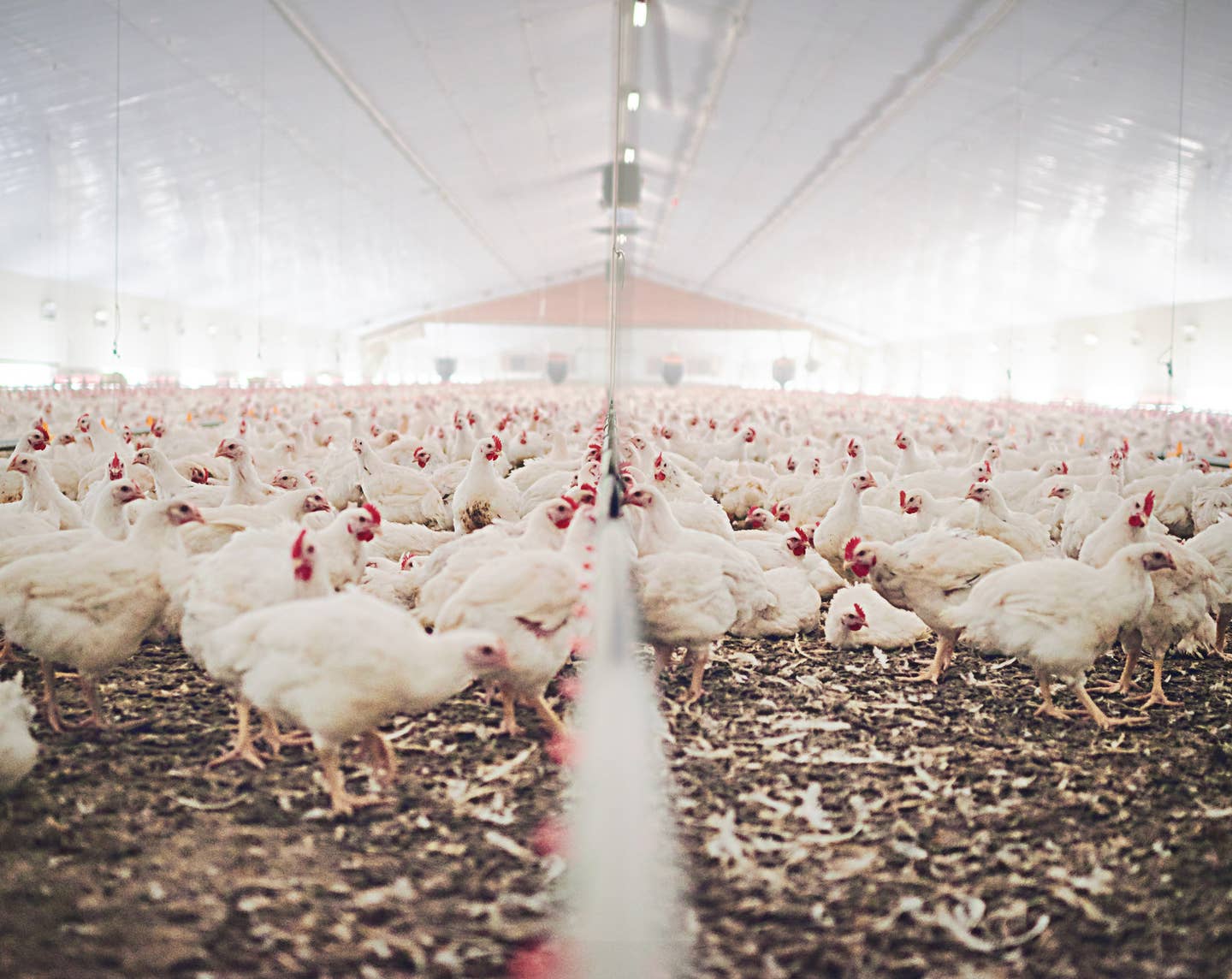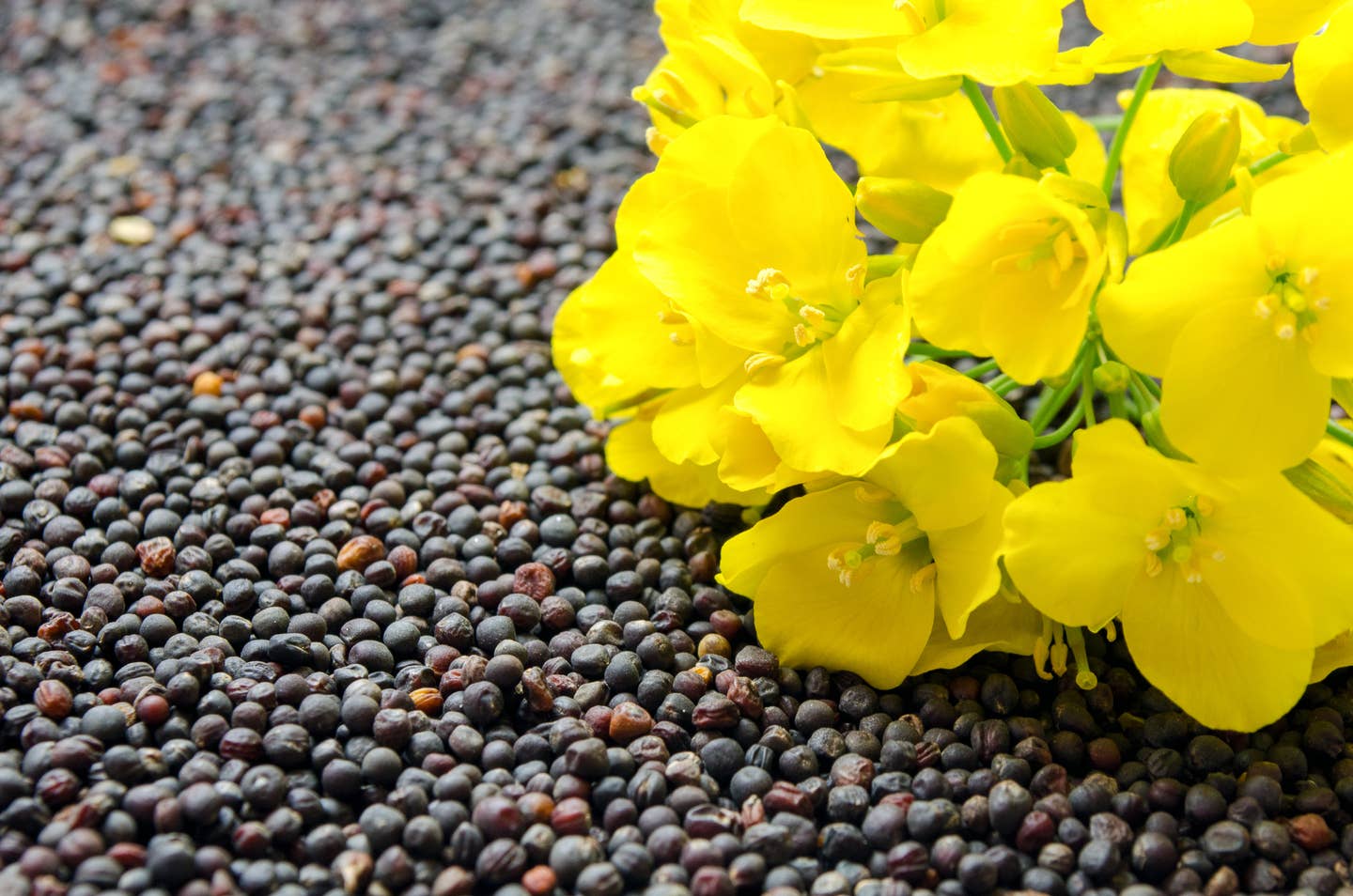
The Food We Eat Accounts for Almost 20% of Greenhouse Gasses
No matter why you choose to eat plant-based foods, health or the planet or animal agriculture, the truth is that our food system is "expensive" when it comes to the energy we use. Here is an excellent analysis of the energy our food system requires. Leading thinkers like Harvard's Dr. Walter Willett, the world's nutritionist, and Jonathan Safran Foer, author of We are the Weather, are eager for us to become aware that the choices we make impact the future of the planet. In an interesting interview, Willet referenced the scientific position paper that concludes that the cars we drive are not as important as the food we eat. So the next time you choose a plant-based meal, you should know that you are helping save the planet.
This interesting article is reposted with the permission the ChooseEnergy.com
We use a whole lot of energy to produce our food
The U.S. food system uses a massive amount of energy from start to finish. In 2018, the U.S. consumed 101.1 quadrillion Btu (British thermal units) of energy. The food system makes up 10 percent of that total, landing it at about 10.11 quadrillion Btu.
That number might not mean much at first glance, but put another way, the U.S. consumes as much energy preparing and transporting food as France uses to power the entire country for a year.
Where does that energy come from?
Food systems around the world account for about 30 percent of the world’s total energy consumption. Since most food systems are run primarily on fossil fuels, that means they also account for 20 percent of our global greenhouse gas emissions.
These emissions take place at every step of the food chain. Manure and fertilizer give off nitrous oxide while cattle and other animals produce methane. Machinery requires diesel and gasoline, and the entire process is fueled by coal and natural gas power plants, creating carbon dioxide.
How is that energy used?
The energy in food production can be broken down into four parts: agriculture, transportation, processing, and handling.
The U.S. food system uses 10.11 quadrillion Btu per year. This use breaks down into four parts: agriculture, transportation, processing, and handling.
Agriculture
Agriculture uses about 21 percent of the total U.S. food production energy. This accounts for everything involved in the growth and cultivation of food crops. 60 percent of this energy is consumed directly in the use of gasoline, diesel, electricity and natural gas, while the rest is indirect through fertilizer and pesticide production. In total, agriculture consumes roughly 2.1 quadrillions Btu of energy each year, enough to power the entire country of Norway.
Transportation
The transportation of food from farm to table accounts for just under 14 percent of the energy that goes into producing food. Romania could power itself for a year on the 1.4 quadrillion Btu it takes to ship avocadoes from South America (among other tasty imports).
Food Processing
Food processing refers to the transformation of raw ingredients into a food product, in other words, turning raw corn into cereal and the like. This section of the system makes up about 16 percent of the total. This breaks down to about 1.6 quadrillion Btu per year, equivalent to the total energy use of Nigeria.
Food Handling
Food handling is by far the largest sector of energy in producing food, and accounts for nearly half of the energy used in food production – over 49 percent. This piece of the system includes retail, restaurants, packaging, and consumers. The energy used to package milk and keep it refrigerated in the grocery store and at home falls into this category. At 5 quadrillion Btu, the food handling sector’s total energy is more than enough to power a year of life in Taiwan.
Energy-efficient foods
Certain foods require less energy to produce than others, whether because it requires less land and water or because there are fewer industrial processes needed to produce it. The most energy-efficient foods include wheat, beans, fish, eggs, nuts and other non-resource-intensive products.
The least energy-efficient foods are animal-based products, particularly beef, lamb, and goat. This is because beef requires up to 20 times more resources and emits 20 times more greenhouse gas emission than plant-based protein sources. Poultry and pork use slightly less energy but are still far bigger emitters than plant products.
This doesn’t mean you have to be a vegetarian to cut down energy use. Just reducing the amount of meat and dairy you eat can allow you to have a much lower impact diet. Regardless, both meat-based and vegetarian diets rely heavily on fossil fuels, so neither is sustainable long-term in the current food system.
How to reduce food system energy use
Because so much of the energy used in food production comes from non-renewable resources, it’s important to make the food system more energy efficient. A few key ways to start making a difference at home are:
- Buy only as much food as you eat. One of the easiest ways to help conserve energy in food production is to waste less. It’s estimated that 40 percent of food in the U.S. goes uneaten. In 2017, that added up to 38 million tons of food waste. As a comparison, that’s the weight of 38 million polar bears, 5.5 million elephants, or nearly 300,000 blue whales.
- Buy food that is locally sourced. Shop at local farmers' markets instead of buying produce at the grocery store. You’ll be supporting local farmers and saving the energy needed to transport perishable foods from across the world.
- Invest in energy-efficient food storage. Get an EnergyStar refrigerator, which uses 20%-30% less energy. Also, keep your refrigerator fully stocked. If you don’t have enough food, keep containers of water in there instead. It may sound counterintuitive, but your refrigerator works most efficiently when it’s full.
This article is reprinted with the permission of the ChooseEnergy blog.
More From The Beet






